Ever tried to snuggle your feline friend only to find they have other ideas about personal space? It’s a scenario many cat owners encounter, leaving us to question, “Why does my cat not like to be held?”
Cats are often seen as independent pets, but that doesn’t necessarily mean they don’t desire a connection with their human companions.
They’re just particular about how and when it happens and may prefer to have their own cat’s space rather than physical contact through a loving embrace.
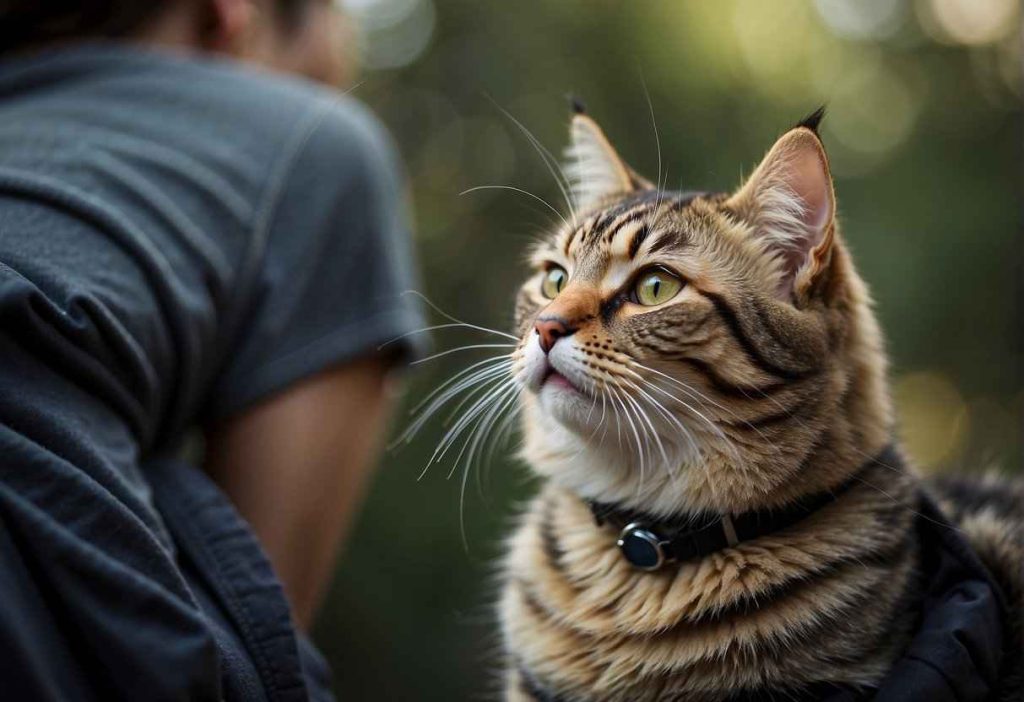
Understanding why some cats aren’t keen on being held includes exploring their nature and past experiences. Unlike dogs, cats are not always community-oriented creatures.
They have a higher need for control over their environment and body.
Additionally, negative past experiences, lack of socialization, or even the simple fact that being lifted off the ground is an unnatural sensation for them can contribute to their aversion to sudden movements and being held as a form of restraint.
We aim to decipher these behaviors, offer guidance on strengthening your bond, and provide techniques that might make your cuddle sessions, or any form of restraint, that your cat hates, more successful.
Key Takeaways
- Cats have individual preferences and boundaries regarding being held.
- A cat’s reluctance to be held can be due to their nature, past experiences, or lack of control.
- Understanding and respecting your cat’s personal space can lead to a stronger relationship.
Delving into, Why Does My Cat Not Like to be Held?
Cats are independent by nature, often seen as little landlords of their territory, so being held can clash with their desire for control.
Let’s break it down:
- Independence: Cats are solitary hunters, and their independence is a trait honed over thousands of years. Your cat values its autonomy, which can make it less likely to enjoy being scooped up.
- Territoriality: Your whiskered friend is territorial, marking their space with scent glands on their cheeks and paws. Being lifted away from their claimed area? Not always their cup of catnip tea.
- Instinct: Being restrained triggers a cat’s instinctive fight or flight response. In the wild, a cat in the grips of another is usually in big trouble.
Hey there, cat whisperer, let’s ditch the “cats are distant” myth. Your furball may show affection differently. Think of purrs, slow blinks, or side rubs—cats have a smorgasbord of signals they use to say “I love you.”
Understanding who your cat is can be like putting together a fluffy jigsaw puzzle:
- Personalities: Some cats are like the Ragdolls, a breed known for enjoying a snuggle, while others, like many Siamese, are more independent. (1)
- Experiences: A rescue cat may carry baggage from negative experiences, needing patience and space to rebuild trust.
- Socialization: Kittens not socialized may grow up less cuddly. Like teen rebellion, but fuzzier.
So next time you see your cat lounging on the windowsill, remember: that bonding is on their terms. Get to know your cat’s quirks, and you’ll be on the path to a pawsome partnership!
Fostering a Stronger Bond

Respect and Trust
Remember, trust is a two-way street, especially with cats. If your cat seems uncomfortable or scared when you try to hold them, it might be their way of saying, “Not cool, human!” (2)
To avoid any kitty discomfort or fear that they might be dropped, pay close attention to their body language, including tail swishing, dilated pupils, or flattened ears. (3)
These are all signs of overstimulation and can help you recognize when your cat has had enough of being held.
By understanding your cat’s body language, such as their tail swishing or flattened ears, you can foster a stronger bond and avoid any discomfort or fear.
Additionally, learning to read your cat’s body language, such as their tail swishing or flattened ears, can help you understand their preferences and strengthen your relationship with them, making it easier to embrace and cuddle with your feline friend.
Cats may also associate being held with uncomfortable experiences, like a trip to the vet or feeling trapped.
If your cat has ever had pain from arthritis, an illness, or an injury, they might associate being held with those aches and joint pains.
Alternative Bonding Activities
No worries, there are plenty of other ways to show your love. Check out these purr-fect alternatives:
- Playtime: Grab a feather wand or laser pointer and let the games begin!
- Grooming sessions: Gentle brushing not only feels great but also mimics mama cat’s tender licks.
- Companionable quiet time: Sometimes, just being in the same room can be enough. Reading a book or browsing your tablet with your cat curled up nearby can be bliss.
Always end on a good note. If your cat becomes relaxed during a bonding activity, offering a treat or soft words can reinforce the positive experience. (4)
Over time, these shared moments can help your cat associate you with comfort and safety rather than potential discomfort, making your connection even stronger.
Actionable Advice for Cat Owners
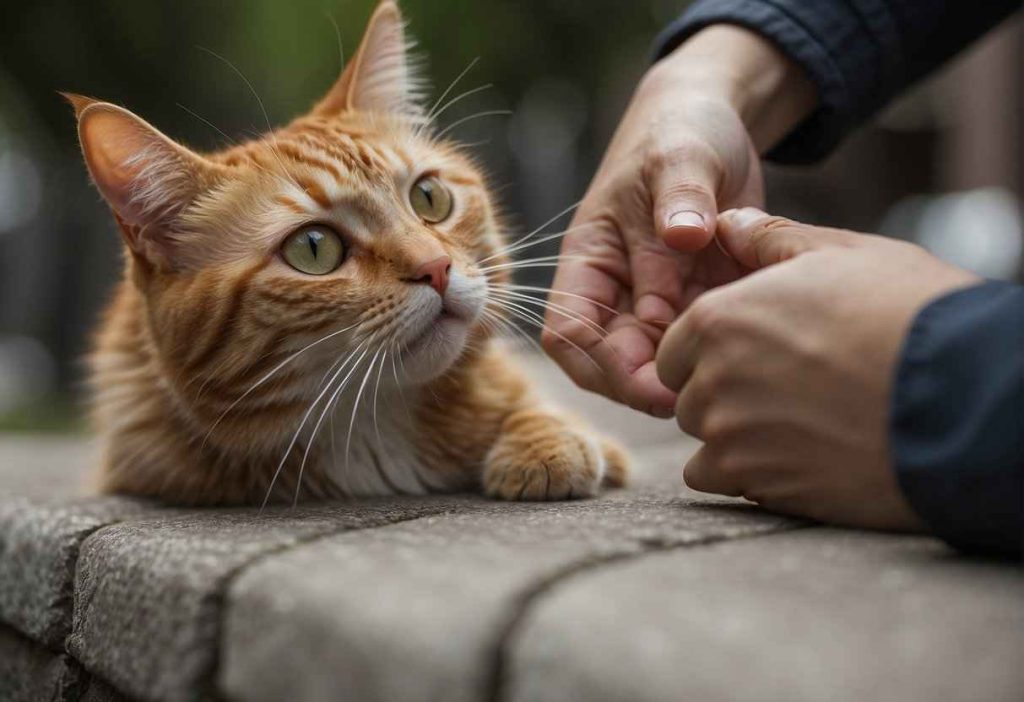
Handling your cat with respect and understanding their behavior is key. They’re not just small furballs with claws, they’re complex creatures and should be treated as such :
- Start Small: Begin by spending time near your cat without attempting to pick them up. Sit nearby and speak softly.
- Associate with Positives: Offer treats and use a soothing tone to create a positive association with your presence.
- Short Lifts: Gradually introduce your cat to brief lifts. Hold them for just a few seconds and then put them down before they resist.
- Praise and Treats: Immediately after setting them down, offer a treat and praise to reinforce the positive experience.
- Build Duration: Slowly increase the time you hold them, always being mindful of their comfort.
Remember, never rush this process; patience is your best buddy here!
Do’s and Don’ts of Handling
Got a feline that flips at the mere sight of a hug? Here’s a cheat sheet for a smoother lift-off:
Do:
- Ensure your cat feels secure by supporting their hind legs.
- Keep a calm environment free from loud noises that might startle them.
- Use both hands, offering a stable platform for your cat to trust.
- Approach your cat from the side rather than from above, which can trigger their predator instincts.
Don’t:
- Grab your cat abruptly or from a hovering position, which can feel like a restraint threat.
- Hold your cat in a way that makes them feel disrespected or starts a tug of war with their instincts.
- Continue holding if they want to escape; respect their need for space.
A quick tip for the vet: Pop a familiar blanket in the carrier to make a scary ride a tad less daunting. And, when in doubt, treats are like the ‘please’ and ‘thank you’ of the cat world.
Keep it fun, keep it light, and soon you may just have a lap cat on your hands.
Adding Humor and Relatability
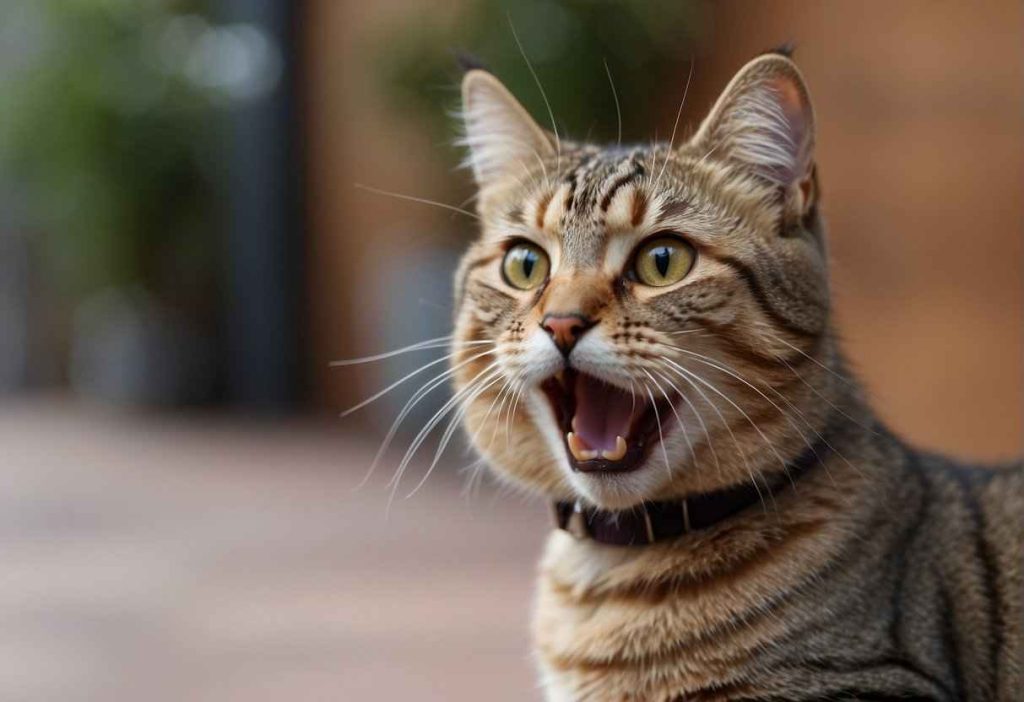
It’s Playtime, Not Cuddle Time!
Your idea of quality time might be a serene cuddling session, but Mr. Whiskers has other plans. Consider this a feline’s loving reminder that playtime is on their schedule.
Arm yourself with a toy instead of a bear hug, and you might just see a more affectionate side.
- The Treat Trail: Lead a path with treats to your lap. It’s like a treasure hunt, and you’re the treasure! Over time, this could become a comfy habit.
- R-E-S-P-E-C-T Their Space: Invading personal space can be a no-no. Allow your cat to come to you. Remember, consent is key in the cat world too!
Rewards: Not Just for Dogs
Training your cat with rewards can turn a potentially traumatic experience into a confidence-building session. A good belly rub for letting you hold them for just a second? Why, that’s a fair trade!
- 🐾 Offer a treat post-cuddle
- 🐾 Affectionate petting equals kitty bliss
- 🐾 Keep interactions positive and your mood upbeat
Realize that forcing affection is a big feline “faux paw.” So, next time your cat sidesteps your embrace like a featherweight boxer, don’t take it as a disappointment.
Instead, praise their swift move and work on building that bond with gentle respect. Tickling their confidence, not just their belly will make comfort levels rise.
Remember, a cat’s mood is a delicate dance. So, dance to their tune, and you’ll be in cuddle town—or at least in the same room—before you know it! (5)
Prioritizing Health and Well-being
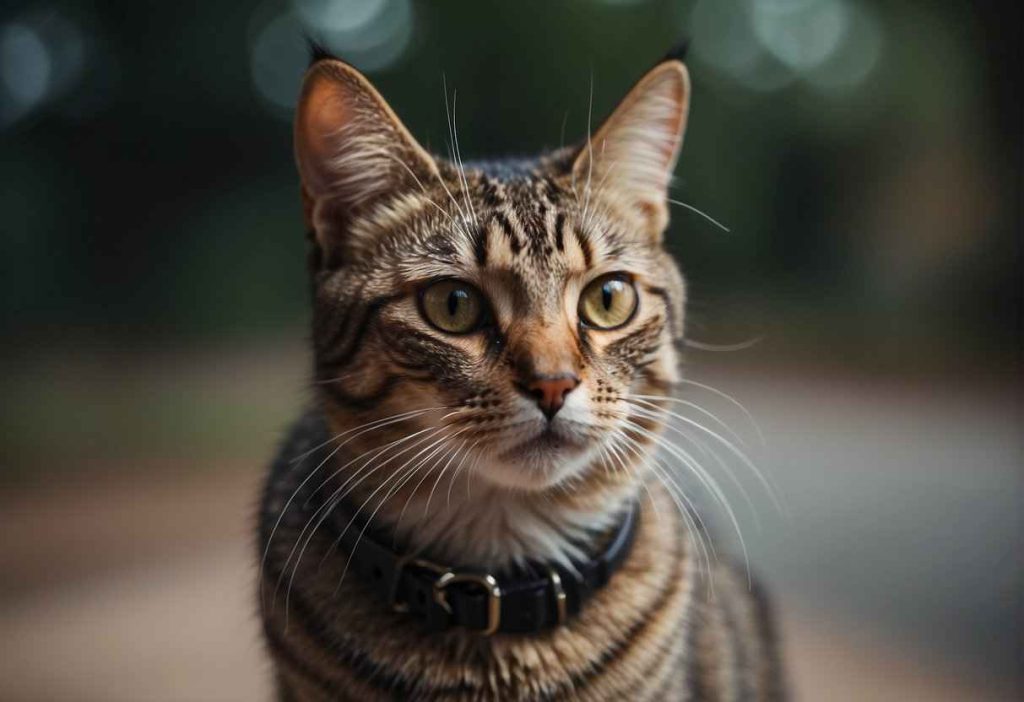
Spotting discomfort in our cats isn’t always straightforward—they’re pretty good at keeping a poker face. But you know your whiskered friend better than anyone else, so keep an eye out for unusual behavior.
Is your cat suddenly shy or less social? It might not just be an attitude; it may be a health hiccup that needs checking out with a veterinarian for potential injuries or medical conditions.
Prioritizing your cat’s health and well-being is crucial in maintaining a happy and healthy feline.
If your vet gives you a prescription, you should see if you can fill it at Chewy’s online pharmacy and have the medication delivered.
Recognizing Signs of Discomfort
- Less Purring, More Hiding: A cat that’s typically a social butterfly turning into a wallflower can be a red flag.
- “No, thanks” to Treats: If those favorite nibbles aren’t disappearing as they used to, something’s up.
- “Please don’t pick me up!”: A clear sign of discomfort if previously enjoying lap time.
Why not train your observational skills? If these changes pop up, it’s time to reward your cat’s trust by visiting the vet. Pain can be a real party pooper, and only a professional can navigate those murky waters.
Creating a Stimulating Environment Your cat’s got a curious mind and a heart full of adventure. Give them the space to explore and stay active—it can boost their confidence and reduce anxiety.
- Climb Away!: Install perches for that king-of-the-jungle feeling.
- Hide and Seek: Cozy hiding spots encourage those secret agent tendencies.
- Playtime Treasures: A rotation of toys keeps the novelty alive.
Remember, merging patience with affection goes a long way. Training with treats and rewards not only strengthens your bond but reassures your kitty that they’re safe and loved, even when nervous or shy.
And should you need it, a consultation with a veterinary behaviorist can be just the ticket to fine-tuning your approach. Your commitment to their well-being cements that priceless friendship, paw in hand.
Quick Recap

Cats, like people, have their likes and dislikes, shaped by various factors, from early socialization to mood swings.
Why Cats May Decline a Hug:
- Trust & Socialization: Early experiences influence your cat’s comfort level with human touch. Cats not accustomed to human interaction during their ‘kittenhood’ may be less inclined to appreciate your bear hugs.
- Past Experiences: A bad rap from prior handling could lead to their current reluctance.
- Natural Instincts: Your feline friend’s instinct might tell them that being off the ground equals danger.
- Health Matters: Pay attention if they suddenly resist being held—it could signal an issue like arthritis.
Cat Communication 101:
- Body Language: Ears back, whiskers twitching? They’re signaling you to back off.
- Vocalizations: A hiss or a growl is a definite ‘no’ to your advances. (6)
- Mood: Just like us, cats have their off days. Respect their need for space.
Tips for Pet Owners:
- Be patient and gradually introduce the concept of being held.
- Use treats and positive reinforcement.
- Learn to read their signals and respect their boundaries—forcing affection can fray the relationship.
Remember, understanding and respecting your pet’s needs deepens the bond. Be persistent but gentle in your efforts. After all, the reward is a happy and trusting feline companion that feels safe in your arms. (7)
Frequently Asked Questions
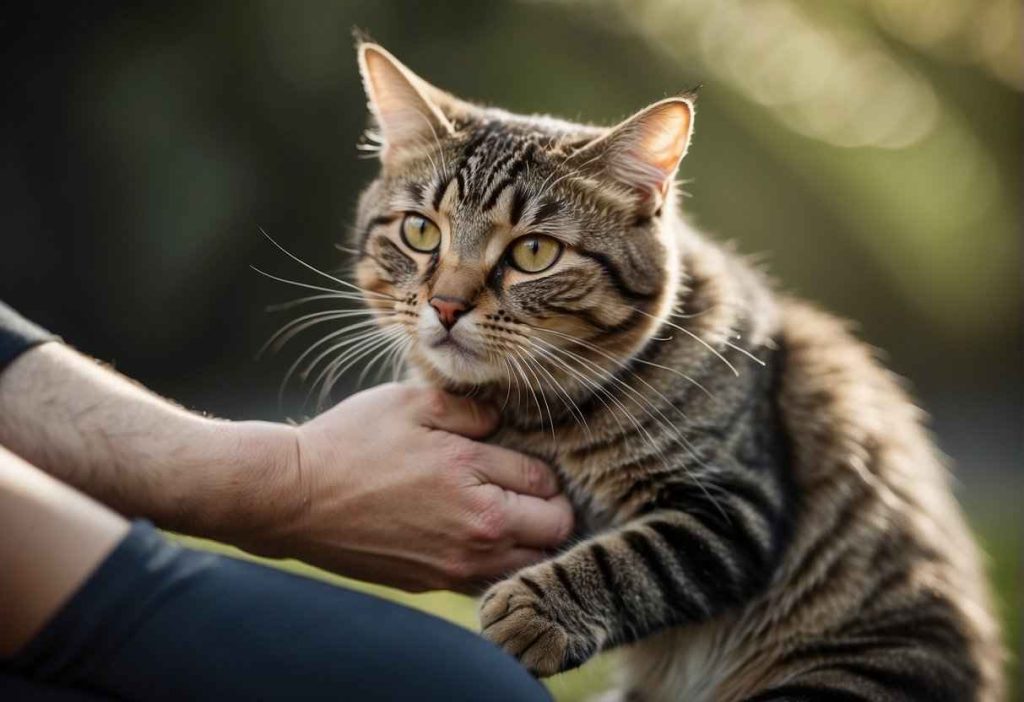
Why does my cat not like to be held?
Your cat’s discomfort with being held could be due to their nature; some cats simply value their independence and can feel restrained when picked up.
Additionally, past experiences or lack of early socialization can influence their reactions to being held.
Can I train my cat to enjoy being held?
Yes, with patience and positive reinforcement, you can encourage your cat to be more comfortable with being held.
Start by holding them for short periods and gradually increase the time, rewarding them with treats and affection to create a positive association.
How can I tell if my cat is in pain when I hold them?
Observe your cat’s body language. Signs like squirming, trying to escape, hissing, or swatting can indicate discomfort or pain.
If they exhibit these behaviors every time you hold them, it might be worth consulting your vet to rule out any medical issues.
What are some alternative ways to bond with my cat?
Bond with your cat by engaging in activities they enjoy, like interactive play sessions, gentle petting when they’re relaxed, or even grooming sessions if your cat finds it soothing.
How does early socialization affect a cat’s tolerance for being held?
Cats that are handled from a young age tend to be more accustomed to human interaction and could be more tolerant of being held.
However, each cat is an individual, and personality can play a significant role.
What should I do if my cat suddenly dislikes being held?
A sudden change in behavior warrants attention. Consider whether there have been any changes in the environment that could be stressing your cat.
It’s also a good idea to consult with a vet to check for any health-related issues that might be causing discomfort.


